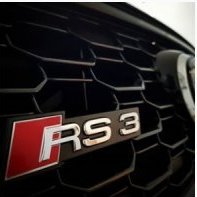Announcements
-
Similar Content
-
Latest Posts
-
By Dose Pipe Sutututu · Posted
Aren't we already on one? SAU unforgettable bromance. -
By joshuaho96 · Posted
Easiest way to know is to break out the multimeter and measure it when cold, then measure all the resistances again once it gets hot enough to misfire. Both the original ignitor and the J Replace version. Factory service manual will have the spec for the terminal measurements. -
Yes that sounds right. Cars currently in the shop for the engine work. Will need to remeasure .. but yes I think I must be targeting 45cm from fender.
-
Turn casual moments into unforgettable dates – choose the best casual dating site! Legitimate Girls Super Сasual Dating
-
You have your numbers back to front. 350mm from wheel centre to guard lip would be scrapinly low and the suspension arms would be at spastic angles and it would have the road manners of a meth affected giraffe. You can down to ~450mm (from larger stock starting values about 50ish mm higher than that) before you start to create to many problems.
-







Recommended Posts
Create an account or sign in to comment
You need to be a member in order to leave a comment
Create an account
Sign up for a new account in our community. It's easy!
Register a new accountSign in
Already have an account? Sign in here.
Sign In Now